The Apple Watch Review
by Joshua Ho & Brandon Chester on July 20, 2015 8:00 AM EST- Posted in
- Wearables
- Apple
- Mobile
- Apple Watch
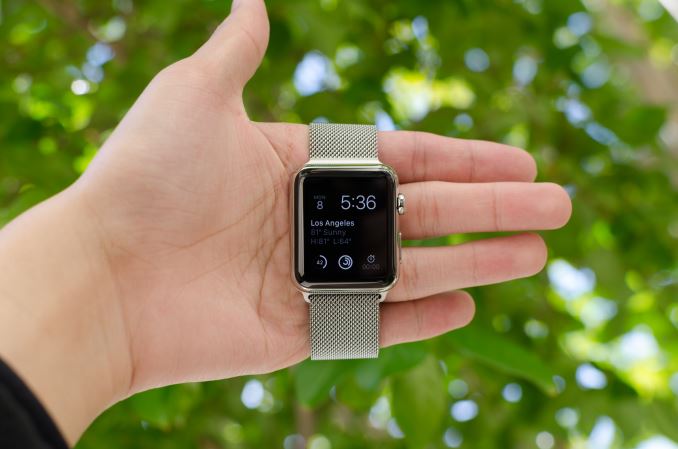
Prior to the launch of the Apple Watch, there had been rumors that Apple would make a watch for quite some time. In a broader sense, the wearables industry has become an area of significant interest as the next growth market after devices like tablets and smartphones as the high-end market became saturated and much of the growth that previously existed in the mobile space started to level out. This has resulted in a new alignment of markets and technology; the markets are ripe for a new device to recapture the wild growth of smartphones, and in the 8 years since the launch of the iPhone the inexorable march of Moore's Law has seen another 4 generations of improvements in technology. This time is finally right, it seems, to take a crack at something even smaller and more personal than the smartphone: the watch.
About two years ago, we put out our first wearable review, which examined Samsung’s Galaxy Gear. In the time since then, Android Wear has been launched, with numerous OEMs launching some form of wearable using Google’s wearable OS. However, Apple remained curiously absent from the field despite numerous rumors suggesting that Apple would soon launch a wearable. Last year, Apple announced the Apple Watch, but it wasn’t until just a few months ago that it finally went on sale.
Consequently, Apple didn’t get a first-movers advantage getting into wearables, though it remains to be seen whether that would even matter. As the creator of the iPhone and frequently on the cutting edge of technology and design, Apple had enough good will with the public to be late, and at the same time with all eyes on them they could not afford to screw up. The end result is that though by no means a slight towards Apple’s competitors, there is a clear distinction between everything that has come before the Apple Watch and everything that will come after. For the consumer market as a whole, the launch of the Apple Watch signifies that wearables have moved beyond the early adopter phase for techies, and are now being pitched at (and purchased by) the wider consumer market.
Normally, it’s easy enough to jump straight into what the device is and what’s new about said device, but in the case of the Apple Watch it’s really important that we explore the world in which this watch exists. The world is divided into people that wear watches, and people that don’t. Apple faces the distinct problem is trying to sell to both audiences, which have very different desires from a watch. The people that already have watches don’t want to give up the almost infinite battery life of conventional watches, high levels of water resistance, or anything else that is an accepted standard for watches.
The people that don’t wear watches are probably the closest thing to a clean slate that we’ll get when it comes to the wearable market. On a personal note, I fall into this camp, as I pretty much grew up in the age of widespread cellphone adoption. One of the convenient things about a phone is that they usually have the time on them, along with alarm and timer functionality. For me, this effectively meant that there was no point to wearing a watch. I also tended to have problems with the logistics involved in wearing a watch. In general, wristbands had an amazing tendency to either be too tight or too loose no matter how I adjusted the band. These issues were also compounded with any sort of physical exertion, as sweat tended to collect under the band which made wearing a watch noticeably more uncomfortable. These ergonomic issues, combined with the lack of functionality in a watch, ultimately made me stop wearing watches. Even before cellphones, wall-mounted clocks were more than sufficient for me when it came to checking the time, although I suspect I was far too young for time to really matter all that much.
Of course, I have been trying out various wearables over the course of the past few years. Although I didn’t try LG’s G Watch, I have been able to use the Pebble Steel and Motorola’s Moto 360. However, it was really a challenge for me to find anything to say about these wearables. They could definitely tell the time, and they had some extra functionality, but many of the same problems remained. The wearables I tested just weren’t all that comfortable to wear, and due to some technology limitations both weren’t really all that compelling to use. They could manage notifications, but other than that I found the functionality to be rather lacking. I often would forget to put them on at all before setting out for the day, and when I did I didn’t feel any particular need to go back to put it on my wrist. After a few months, I completely forgot about these wearables and stopped wearing them. At the time, I honestly felt like wearables could end up being another passing fad because it seemed most wearables faced similar barriers in terms of getting people to keep wearing them. Wearables like Fitbit suffered from a pretty significant abandonment rate, and given that I did the same for both the Pebble Steel and Moto 360 it increasingly felt like this would be a persistent problem.
In this context, it seems easy for Apple to fail. Generally speaking, no one has really figured out how to solve the problem of wearable adoption, chiefly because the functionality offered often wasn’t very compelling, and broadly speaking these wearables were often not well-designed. One of the first places we can start with the Apple Watch is the spec sheet. We can speak in empty platitudes about how specs don’t matter, but in the case of something like Apple Watch they definitely will. The right components won’t ensure success, but the wrong components can ensure a poor user experience.
| Apple Watch 38mm | Apple Watch 42mm | |
| SoC | Apple S1 520MHz CPU | Apple S1 520MHz CPU |
| RAM/NAND | 512MB LPDDR3(?) 8GB NAND |
512MB LPDDR3(?) 8GB NAND |
| Display | 1.32” 272x340 LG POLED | 1.5” 312x390 LG POLED |
| Dimensions | 38.6 x 33.3 x 10.5mm, 25/40/55/54 grams (Sport/Watch/Gold/Rose Gold) |
42 x 35.9 x 10.5mm, 30/50/69/67 grams (Sport/Watch/Gold/Rose Gold) |
| Battery | 205 mAh (0.78 Whr) | 246 mAh (0.93 Whr) |
| OS | WatchOS 1 | WatchOS 1 |
| Connectivity | 802.11/b/g/n + BT 4.0, NFC | 802.11/b/g/n + BT 4.0, NFC |
| Price | $349/549/10,000 (Sport/Watch/Edition) | $399/599/12,000 (Sport/Watch/Edition) |
As we can see, Apple has elected for some relatively conservative specifications. The SoC is relatively low power in nature, and the amount of RAM is probably about right for the kinds of tasks that a wearable will be used for at this time. The display is also of a decent resolution given the display size, and all the necessary wireless connectivity is present. It is notable that Apple is using a relatively small battery, but I suspect that this is necessary in order to fit all of the hardware into the casing of the watch. At least at a high level, it looks like Apple has put the right components into this wearable. However, it's going to take a deep examination of both technology and design to really figure out if Apple has avoided the pitfalls that I've discussed. One of the first and most obvious places to go first is the industrial and material design, which is what we'll talk about next.



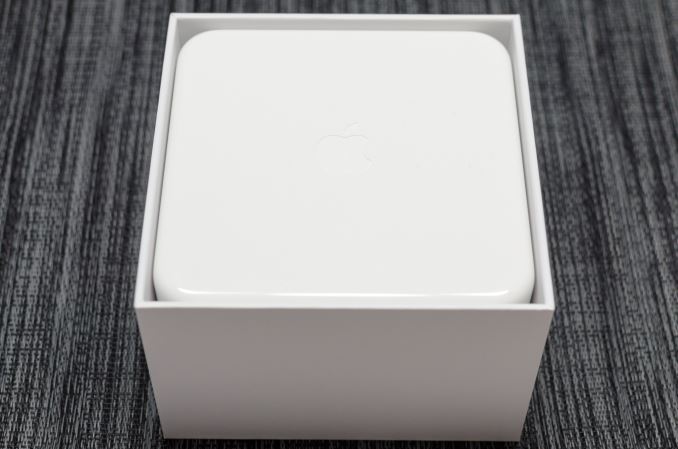
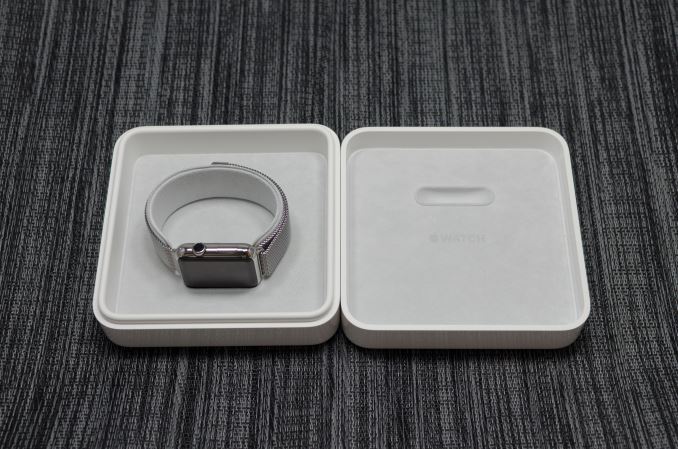
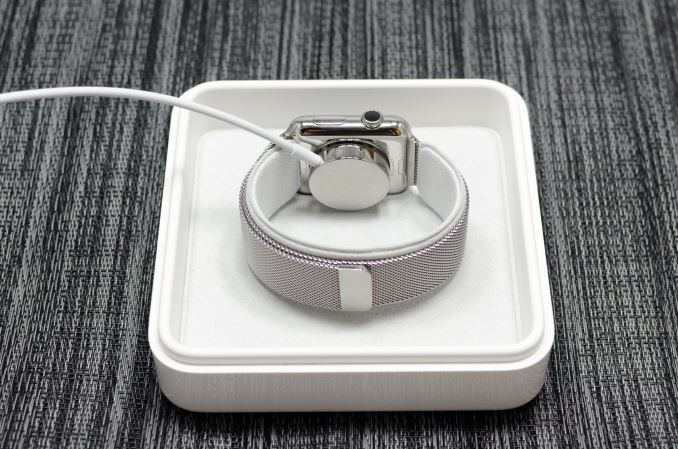

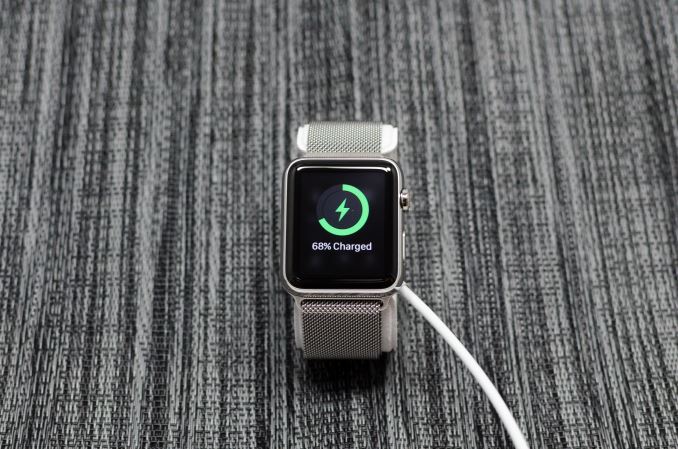








270 Comments
View All Comments
cknobman - Tuesday, July 21, 2015 - link
Tell me what I was wrong about.In regards to it being a flop here are some links (from very recent articles) that prove outside of initial launch sales and preorders it is selling poorly:
http://www.cnet.com/news/apple-watch-sales-sluggis...
http://www.usatoday.com/story/tech/2015/07/20/appl...
http://techcrunch.com/2015/07/21/apple-watch-sales...
In regards to its features, please discredit my claims. It is big, its user interface sucks (not only in my limited use but the actual users who have it have explained to me why they think it sucks), it does not do squat without an iphone tethered to it, and it is expensive.
mrochester - Tuesday, July 21, 2015 - link
This is all speculation, not proof. We won't know anything official until/if Apple start announcing Watch sales separately from their 'other' category.thomasguide - Wednesday, July 22, 2015 - link
I hear that argument a lot from people and this is little Timmy's comments about that “We don’t intend to provide insight that could help our competitors,”Yet they seem to provide a lot of insight that could help their competitors by releasing iphone and ipad sales figures. Why is that? Is itbecause iphones are selling like hot cakes and it makes the company look good? They don't release watch numbers because sales have been dismal. Had they sold 20 million units, you bet your ass little Timmy would separate smartwatches into their own category rather than lumping them in with ipods. This way they can blame the lackluster sales on declining ipods instead the flopping watch.
Looks like all the fanboys bought their i-toy in April, now what Timmy?
S2k15 - Wednesday, July 29, 2015 - link
It's so sad that you need to disrespect Tim Cook by calling him "little Timmy" in order to make yourself feel better, as well as your no doubt empty life. So very sad.Oh, and ignore the fact that Apple announced that they would not break out Watch figures MONTHS ago, it's not a decision they made after they found out sales. Your entire argument is moot.
S2k15 - Wednesday, July 29, 2015 - link
Uh, Tim Cook stated as a fact that Watch sales were higher in May than April, and higher in June than May. Another rabid Apple hating lying troll caught in their lies. But this is the internet, so cowards like you will never admit they're wrong.hlovatt - Wednesday, July 22, 2015 - link
Apple announced today that the watch sales were over $1 billion. I guess it's going OK :)darwinosx - Monday, July 20, 2015 - link
Nobody but Apple knows what Apple watch sales have been like and you sure don't The Slice report has already been widely discredited.Battery life is not terrible at all further indication you have no idea what you are talking about.
Galps - Monday, July 20, 2015 - link
First off, sales haven't been announced so none of us really know how successful or not it really has been but the last estimates I heard put sales close to 3 million. In comparison, only about 720,000 smartwatches sold in 2014 total. So if more than tripling smartwatch sales in 3 months is a failure, then I need to start failing at things more like Apple. Second, design taste is completely opinion but I think I'll trust Vogue and Beyonce for fashion advice over some neck beard commenting on a tech article. Don't know what "owners" you've talked but anecdotal evidence is still anecdotal evidence. I could tell you about how all Android phones suck because me and my 4 friends each had a Galaxy S3 and our battery life was terrible and the UI was buggy and laggy. But that wouldn't matter because there are many other people who loved their S3s regardless of my anecdotal evidence to the contrary. In my opinion, I don't find the watch to be bulky or thick at all. To the contrary actually. I find it to be a lot smaller than most other smartwatches. Lastly, it will do plenty without the phone. You can go on a run and it will still track calories, time/pace, and heart rate. You can still use all the watch functions without the phone. When Watch OS 2 comes out, you'll be able to update all your apps via wifi independent of the phone. You can listen to music independent of the phone as well. Really the only thing you can't do without the phone is get notifications. And battery life is great. I have yet to make it through a whole day with less than 45% battery by the time I go to bed and my 6 Plus has been pushed to 3 days without a charge. Granted those are my experiences so I can't speak to everyone else's experience but I haven't had a single battery issue or any trouble getting my watch and phone to last me at least a day and half at minimum.Also, expensive is a relative term based off of your own income. I'm not trying to sound elitist (although this is going to sound really elitist so I'm sorry) but I have no issues spending $400 on a smartwatch. I have enough disposable income that spending a few hundred bucks on a watch isn't going to set me back in any significant amount what so ever. Maybe you have a hard time coming up with an extra $400 but some of us have money and don't really look at $400 as a large amount. Again, I know it sounds elitist and I'm not judging you if $400 is too much, I'm just trying to get the point across that a lot of people don't look at $400 as a lot of money.
navysandsquid - Monday, July 20, 2015 - link
her you need some lotion for your butthurt lol its ok pal we know you don't have any money you don't have to tell us. hate on brothername99 - Monday, July 20, 2015 - link
"Apple watch has been largely a market failure so far"What do you define as a market failure? Especially in a new market?
Apple have apparently sold around 4x as many watches as the entire Android Wear sales. That would seem to indicate a success.
They have apparently matched the internal Apple sales targets. Again indicates success.
Almost everyone who actually OWNS and has USED an Apple watch (as opposed to simply bitching about it) loves it. You see this both in reviews and in the most recent customer survey from Wristly research.
So where exactly is this failure you speak of?